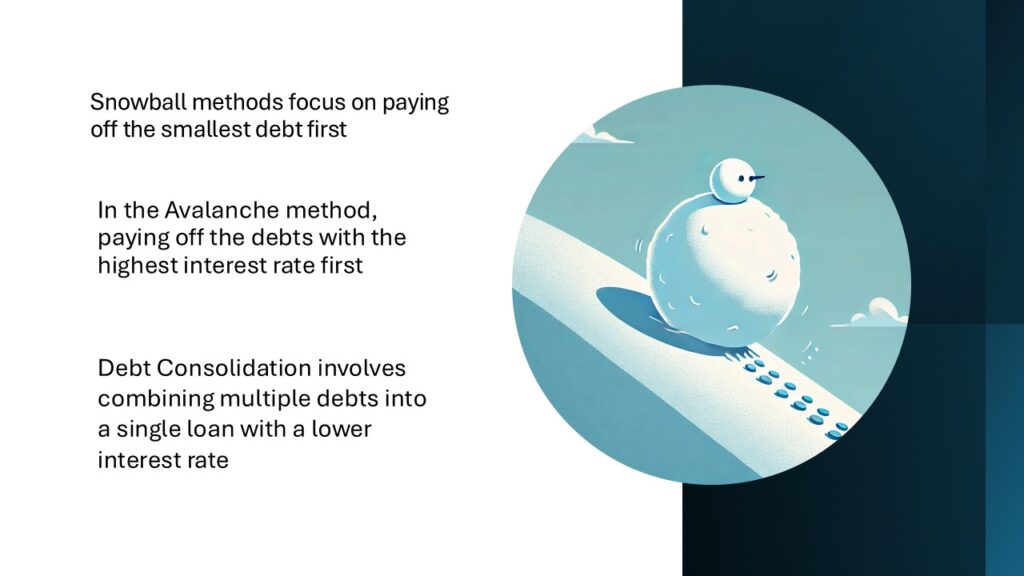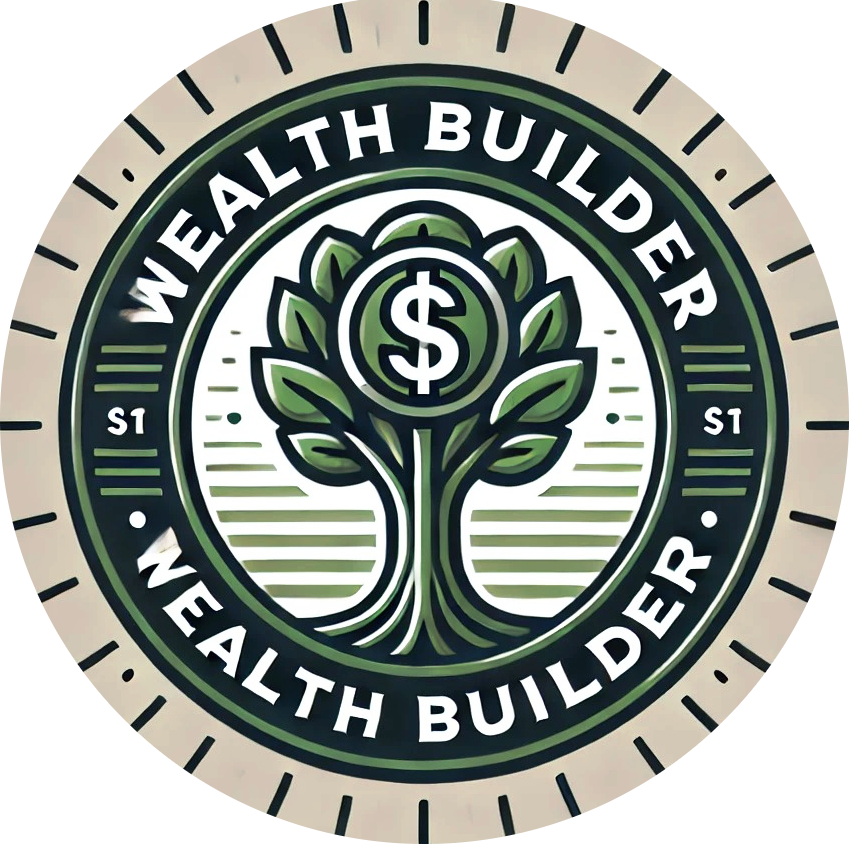Introduction
Imagine how much lighter you’d feel without the weight of debt on your shoulders. Whether it’s from credit cards, student loans, or something else, debt can be stressful and overwhelming. But don’t worry—there are effective Debt Repayment Strategies that can help you tackle it and get back on track. Paying off your debt doesn’t just reduce stress; it also helps improve your credit score and gives you more control over your money. In this essay, we’re going to explore some of the best Debt Repayment Strategies to help you manage your debt effectively. By the end, you’ll have a clear plan to start your journey toward financial freedom.
Understanding Your Debt: Key To Choosing The Right Debt Repayment Strategies
Before you can start paying off your debt, it’s important to understand exactly what you’re dealing with. First, take a good look at all the debt you owe. This means knowing the total amount, the interest rates, and what type of debt it is—like credit card debt, student loans, or personal loans. Understanding these details will help you make smarter decisions about how to pay them off.
Secondly, you need to figure out which debts to tackle first. Some people choose to start with the smallest debts to get quick wins, while others focus on the debts with the highest interest rates to save money in the long run. Deciding which approach works best for you will set the stage for your debt repayment plan. By knowing exactly what you owe and having a clear strategy, you’ll be in a stronger position to start knocking down that debt, one step at a time.
Debt Repayment Strategies
When it comes to paying off debt, there’s no one-size-fits-all solution. Different strategies work better for different people, depending on their financial situation and personal preferences. Here are some popular Debt Repayment Strategies that you can consider:

1. The Snowball Method
One of the most common debt repayment strategies is the Snowball Method. The Snowball Method focuses on paying off your smallest debts first. You make minimum payments on all your debts except the smallest one, which you pay off as quickly as possible. Once that debt is gone, you move on to the next smallest debt, and so on. The idea is that by knocking out the smaller debts first, you build momentum and stay motivated as you see progress. This method is great for those who need the psychological boost of seeing debts disappear quickly.
2. The Avalanche Method
If you’re more concerned about saving money on interest, the Avalanche Method might be a better fit. With this strategy, you focus on paying off the debts with the highest interest rates first while making minimum payments on the others. By tackling the most expensive debts first, you reduce the amount of interest you’ll pay over time. This method can take longer to see results, but it’s often the most cost-effective approach in the long run.
3. Debt Consolidation
Debt consolidation involves combining multiple debts into a single loan with a lower interest rate. This can simplify your payments, making it easier to keep track of what you owe. Plus, with a lower interest rate, you might pay less overall. However, it’s important to be careful with this strategy, as extending the repayment period could mean you’re in debt longer.
4. Balance Transfer Cards
Another option is to use a balance transfer card, which allows you to move high-interest debt to a credit card with a 0% introductory APR for a certain period. This can save you a lot of money on interest if you can pay off the balance before the introductory period ends. However, if you don’t pay it off in time, you could be hit with high interest rates again, so it’s important to use this strategy wisely.
5. Debt Management Plans (DMPs)
A Debt Management Plan (DMP) is a structured program set up by a credit counseling agency. They work with your creditors to reduce your interest rates and create a manageable payment plan. This can be a good option if you’re struggling to keep up with your payments, but it may affect your credit score and could take several years to complete.
By understanding and choosing the Debt Repayment Strategy that best suits your needs, you can take control of your finances and start making progress toward a debt-free future. Each strategy has its pros and cons, so it’s important to pick the one that aligns with your financial goals and personality.
Tips for Staying on Track
Paying off debt can be a long journey, so it’s important to stay focused and motivated along the way. Here are some helpful tips to keep you on track:
1. Create a Budget
A budget is like a roadmap for your money. It helps you see where your money is going and ensures you have enough to cover your debt payments each month. So, creating a budget is an important step for debt management. Start by listing all your income and expenses, then allocate a portion of your income specifically for debt repayment. Sticking to your budget can help you avoid overspending and ensure you’re making steady progress toward becoming debt-free.
2. Build an Emergency Fund
Life is full of surprises, and unexpected expenses can easily throw you off course. That’s why it’s a good idea to build a small emergency fund, even while you’re paying off debt. This fund can cover things like car repairs or medical bills without forcing you to take on more debt. Having an emergency fund gives you a safety net, so you don’t have to derail your debt repayment plan when life happens.
3. Avoid New Debt
It’s easy to fall into the trap of taking on new debt, especially when you’re already dealing with old debts. But adding more debt can make it even harder to get ahead. Try to resist the urge to open new credit cards or take out loans, and focus on paying down the debt you already have. By avoiding new debt, you’ll be able to put all your energy into paying off what you owe, helping you reach your goals faster.
4. Celebrate Small Wins
Paying off debt can be challenging, so it’s important to celebrate your progress along the way. Each time you pay off a debt or reach a milestone in your repayment plan, take a moment to recognize your achievement. This could be as simple as treating yourself to something small or sharing your success with a friend. Celebrating your wins helps keep you motivated and reminds you that you’re moving in the right direction.
5. Stay Focused on Your Goals
Finally, always keep your end goal in mind. Whether it’s being debt-free, saving for a big purchase, or improving your financial stability, remembering why you’re working so hard can help you stay focused. If you ever feel discouraged, remind yourself of the benefits of being debt-free, like having more money for the things you enjoy or achieving financial independence. Keeping your goals front and center will help you stay committed to your debt repayment journey.
By following these tips, you’ll be better equipped to stay on track and successfully pay off your debt. It’s all about staying disciplined, motivated, and focused on your ultimate goal of financial freedom.
Conclusion
Paying off debt can feel like a daunting task, but with the right approach, it’s absolutely possible to achieve financial freedom. We’ve explored several debt repayment strategies that can help you take control of your finances, from the Snowball Method to Debt Management Plans. Each of these strategies offers a different path to becoming debt-free, so it’s important to choose the one that best fits your needs and goals.
Remember, staying on track is key. By creating a budget, building an emergency fund, avoiding new debt, and celebrating your progress, you can stay motivated throughout your journey. Most importantly, keep your end goal in mind—whether it’s financial stability, freedom from stress, or the ability to invest in your future. With commitment and the right debt repayment strategies, you’ll be well on your way to a brighter, debt-free future.

